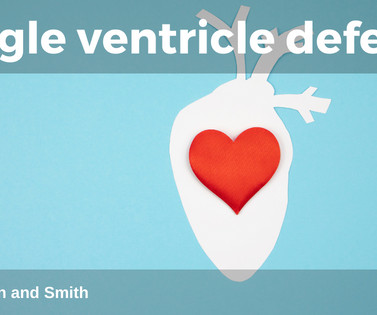Hypothermic Cardiac Arrest: Pearls and Pitfalls
EMDocs
JANUARY 16, 2024
Some authors recommend not starting chest compressions in hypothermia unless there is no organized cardiac activity (e.g., 2 In reality you may start compressions before you confirm that hypothermia was the primary cause of cardiac arrest. Obtaining a core temperature early in any arrest suspected to be from hypothermia is key.












Let's personalize your content